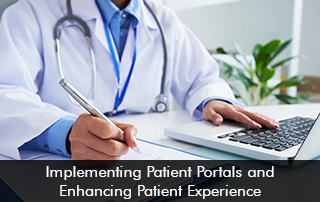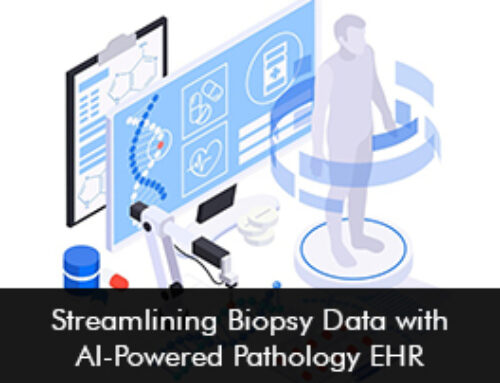The patient portal platform is part of the modern healthcare system. It not only offers patients to check and update their health records but also acts as an effective patient engagement tool. It is of no surprise that Patient Portal EMR Software adoption rates are rising. Both patients and healthcare providers have realized the benefits that the platform offers. According to an MGMA survey, 90 percent of providers offer a patient portal solution to their patients. The remaining 10% are working to implement the solution.
What is patient portal software?
A patient portal EMR software is a secure website that allows patients to get information related to their health. The robust platform can be easily accessed round the clock and offers the convenience to interact with healthcare providers and even scheduling appointments and receive lab results and personalized health information.
The patient portal solution allows the patients to do the following,
- HIPAA-compliant messaging platform to send secure messages to the doctor.
- Make easy online payments.
- Request prescription refills.
- Complete pre-intake forms.
- View educational material.
- Check benefits and insurance coverage.
Patients as a result feel empowered as they can take a part in their healthcare journey by simply using the patient portal software platform. Patient portals also save time as patients don’t have to wait to communicate with their doctor, as they can seamlessly communicate in case of emergency or medical suggestions using the portal’s protected messaging platform. Before the inception of patient portals, if patients wanted to view their medical records they had to submit a request and even pay $20. Now patients can easily get to see their test results on the patient portal platform even before the doctor. The convenience of the technology has attracted patients to make complete use of it ultimately enhancing the patient experience.
How do patient portals connect with EHR software systems?
The patient portal software integrates with Electronic Health Records (EHR) platform and the integration calls for application program interfaces. The patient portal platform should work seamlessly with the practice workflow. For instance, a practice schedules appointments in the Practice Management (PM) system, clinicians access it in the EHR software and patients view it in the patient portal platform. This way duplication of appointments can be prevented as appointments are integrated with an EHR and PM system.
5 Steps to implement a new patient portal EMR software platform
- Researching different portals and knowing the essential features for the practice.
- Make sure all the key stakeholders are on the same page.
- Devise an implementation strategy that takes into account integration, training, and implementation with the current workflow.
- Determine the duration of the pilot program.
- Get patients on board to use the solution through marketing and informing them about the several benefits of using the platform.







